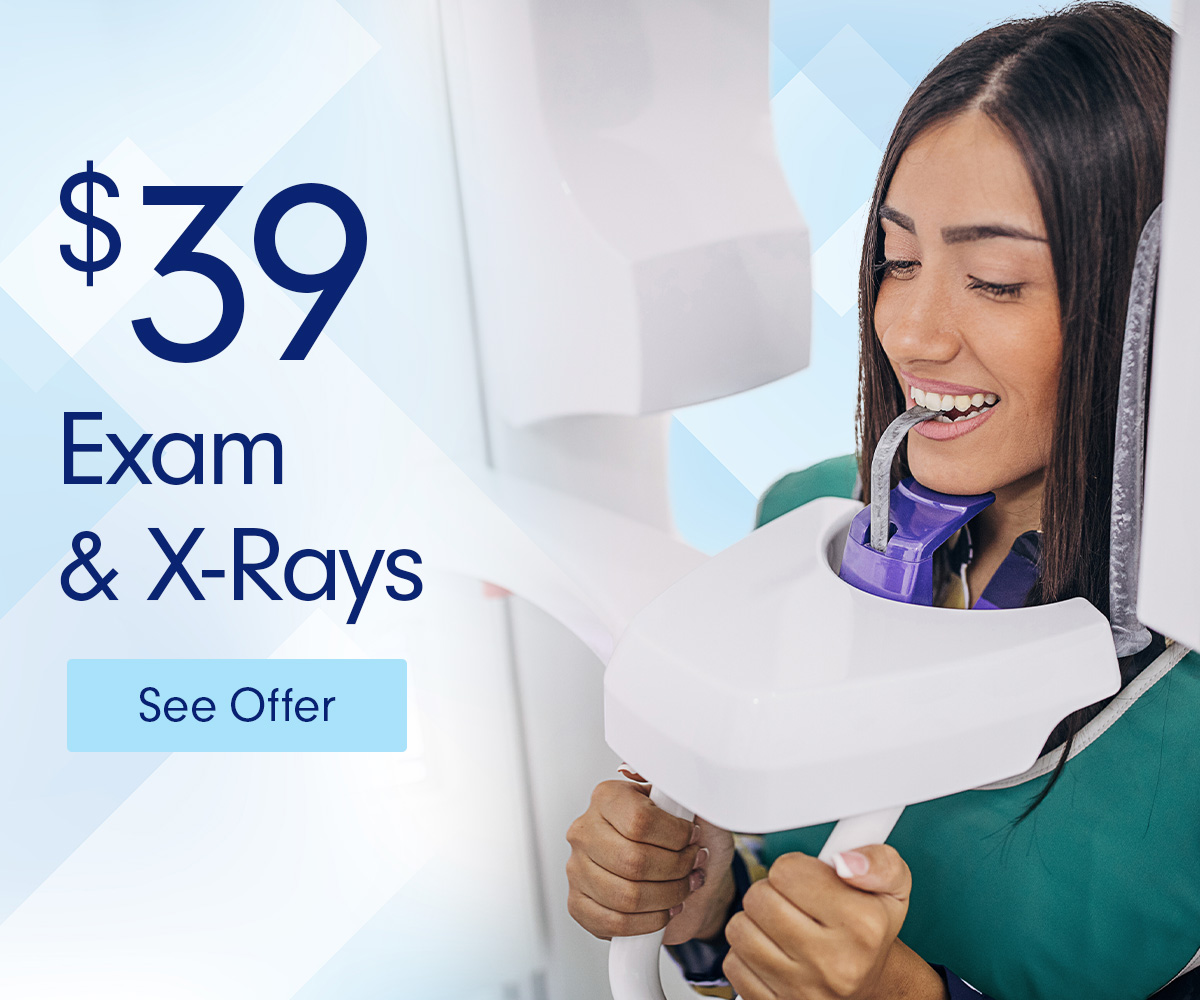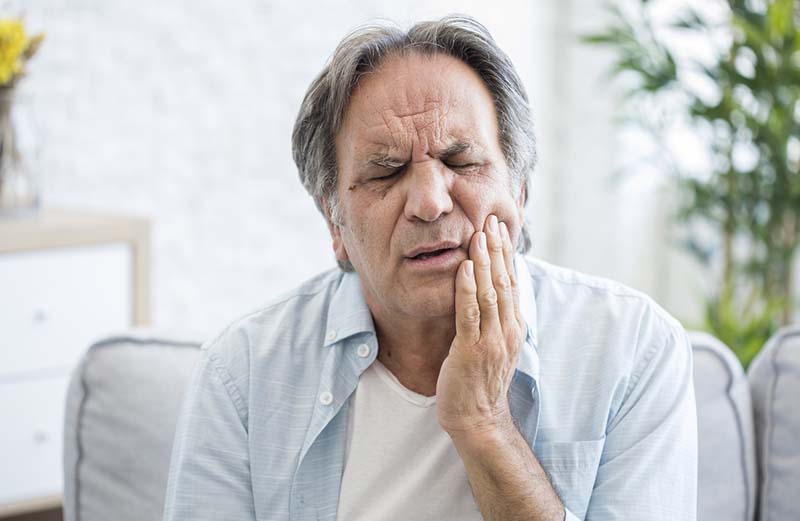Dry socket is a very painful dental condition that sometimes occurs after a permanent adult tooth has been extracted, including the wisdom teeth. Also known as alveolar osteitis, dry socket is when the blood clot where a tooth has been removed fails to develop properly. It can also occur if the blood clot at the area of extraction dislodges or dissolves before the wound has fully healed.
In most cases when a tooth is extracted, the natural healing process generally goes well. However, some people are more prone to developing dry socket, including those who smoke, have poor oral hygiene, experience an unusually complicated extraction, are on blood thinning medications or oral contraceptives, and those who have had tooth or gum infections in the past.
- Symptoms of Dry Socket
- Dry Socket Treatments
- Tips to Prevent Dry Socket
- What if You Can’t See Your Dentist Right Away?
- What To Do if You Suspect You Have Dry Socket
Symptoms of Dry Socket
There are several symptoms associated with dry socket. The first red flag will always be the appearance of the extraction site itself. As you look in the area where the tooth was pulled, the opening may appear empty, dry or have a whitish, bone-like color. This is a clear symptom of dry socket. What you should see when looking at the extraction site following the procedure is a dark blood clot. If the clot is clearly not present, you need to contact your dentist right away to make sure the area is healing as it should.
If you do not consult your dentist and the dry socket is left untreated, these symptoms will follow:
- An intense ache in and around the extraction site, usually two days after the procedure
- Increasing severity of pain, often felt in the ears, neck, and face as well
- Bad breath or an unpleasant taste and smell in the mouth
It’s important to be on the lookout for any of these symptoms and do not hesitate to reach out to your dental professional if you suspect you may have dry socket.
Dry Socket Treatments
The pain experienced due to dry socket can be treated with aspirin, ibuprofen or another anti-inflammatory drug. If over-the-counter medications do not ease the pain, your dentist may prescribe something stronger or may suggest anesthesia for the affected area. If a dry socket is confirmed, your dentist will need to treat the area to prevent further damage.
To promote healing, your dentist will first clean the tooth socket, remove debris from the hole and then fill the socket with a medicated dressing or special paste. Until the socket begins to heal and develop a blood clot, you may have to return to your dentist every few days to change the dressing. Antibiotics may also be prescribed to prevent the socket from becoming infected.


Regular Price:
$179
With this offer, there’s no excuse not to get back on track! Schedule a complete exam and x-rays for only $39 and ensure you have a beautiful healthy smile.
Tips to Prevent Dry Socket
Keep in mind, there are several tips that may help in preventing dry socket. However, there are necessary instructions your dentist will give you after a tooth is extracted that will exponentially help with the recovery process. It’s so important to follow these directions carefully to help the socket heal as quickly as possible and without complications.
Some of these instructions may include:
- Avoid using straws. The suction movement when using a straw may dislodge your blood clot. Your dentist will let you know how long you should refrain from using a straw when drinking.
- Avoid smoking. If you are a smoker and find it difficult to stop, there are several things you can do, such as switching over to a nicotine patch for a short time. If that is not an option, you can also ask your dentist for stitches on your surgery site and keep gauze in place over your socket while smoking.
- Avoid hard foods or chewing gum. The repeated chewing motion can easily dislodge the blood clot from the socket. Only soft foods and liquids should be ingested in the days following a tooth extraction. Soup should also be avoided because slurping can also have an adverse effect, similar to using a straw.
- Ask about medication interference. Some medications, such as birth control pills or blood thinners, can interfere with the body’s ability to form effective blood clots. Be sure to let your dentist know what medications you’re taking before the procedure to prevent complications.
Schedule Today by Calling (844) 8‑SMILE‑NOW
(844) 876‑4536
What if You Can’t See Your Dentist Right Away?
If you are unable to see your dentist immediately about your dry socket, there are some things you can do at home to help eliminate bacteria and reduce the risk of infections. It’s important not to make the assumption that your symptoms will go away on their own. This is certainly not always the case, and complications can develop if a dental professional is not consulted.
Until you can see your dentist, here are some tips on how to alleviate the symptoms of dry socket:
- Rinse the affected area with warm salt water several times a day to keep clean
- Use a cold pack against your face for fifteen minutes at a time to reduce swelling
- Soak a washcloth in warm water and apply to your face to help with the pain
- Practice good oral hygiene and follow all instructions given to you by your dentist
What To Do if You Suspect You Have Dry Socket
If you suspect that you have developed a dry socket and begin to experience a great deal of pain, call your dentist as soon as possible. A dry socket can easily be treated, but the process will be more complicated the longer you wait. An infection or other issues can develop if you avoid seeing your dentist as soon as possible.
To conclude, a dry socket is a very painful dental condition that can happen after a tooth extraction. Talk to your dentist to find out additional information regarding extractions and how to prevent a dry socket after the procedure. Patients who may be more prone to dry socket should take great care to know as much as possible about the condition before considering a tooth extraction.
